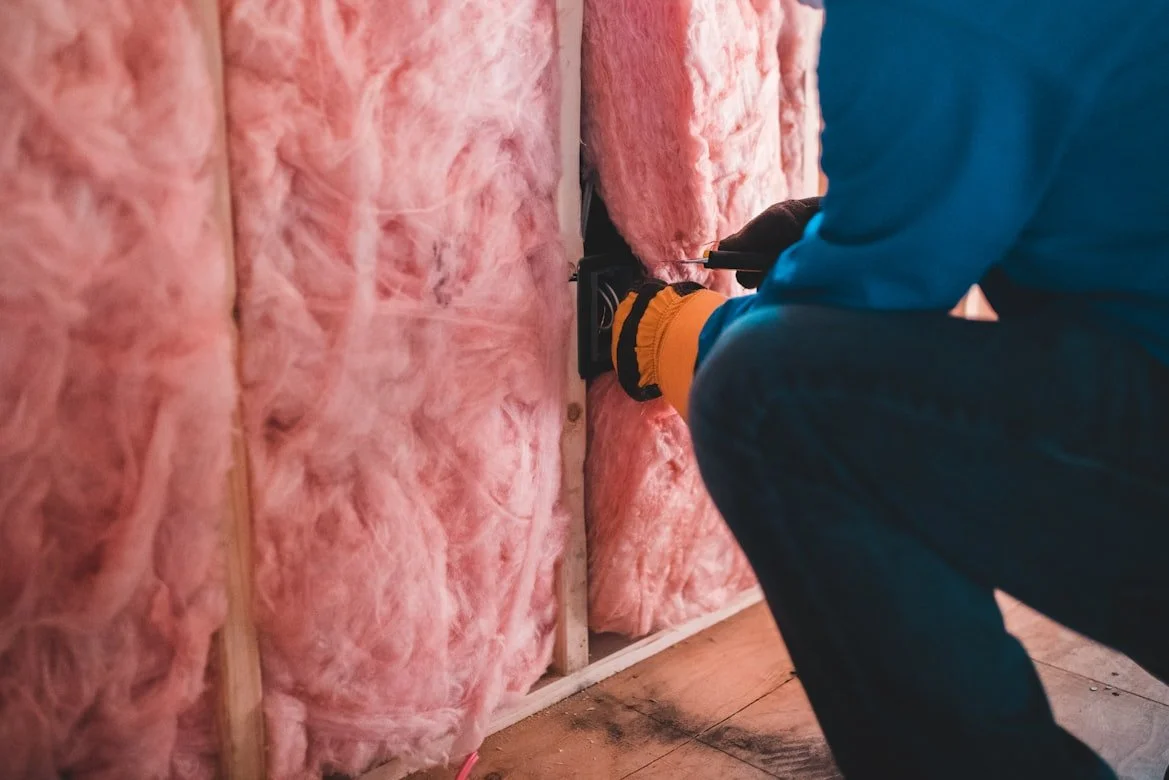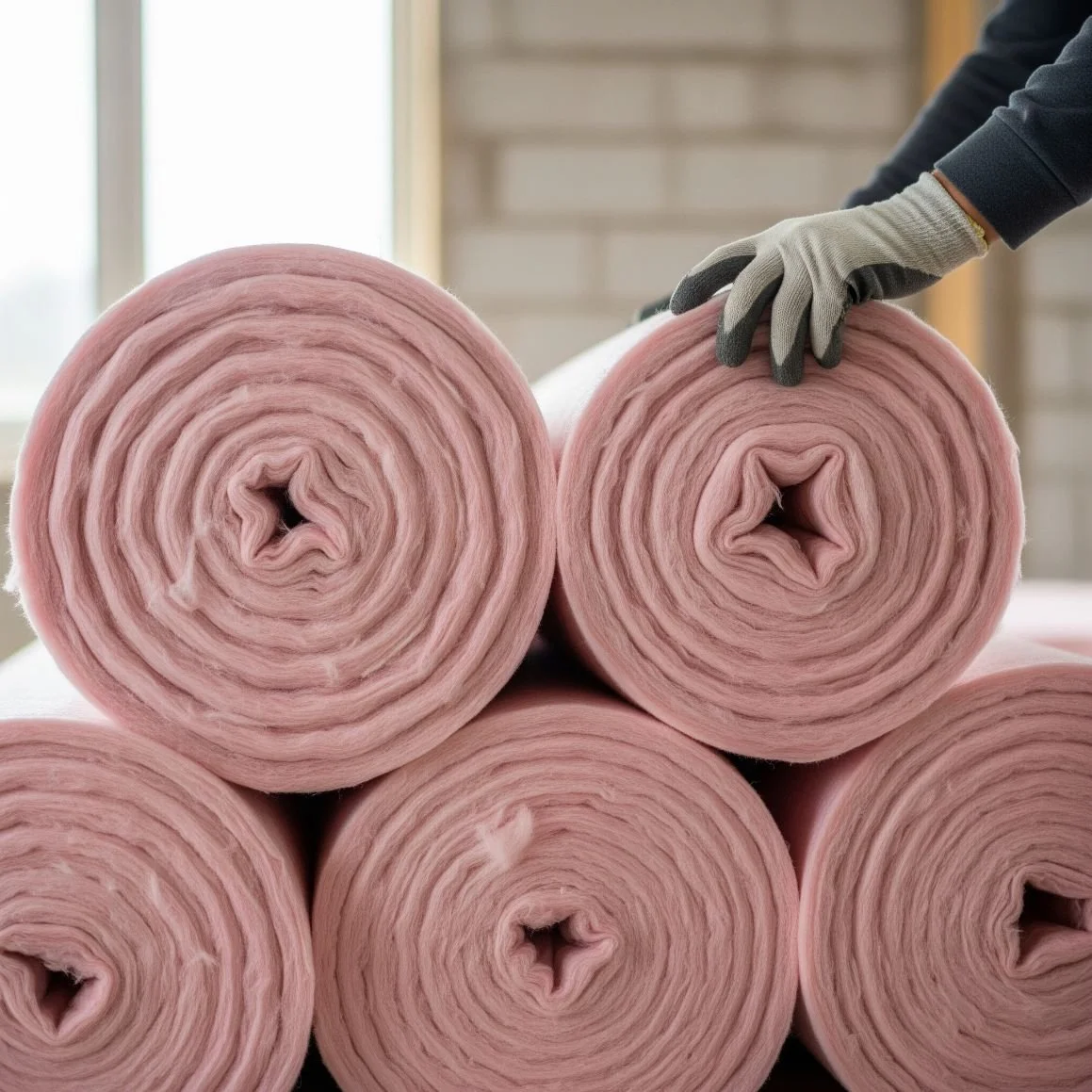How to Install Insulation in Attic
Learn how to install attic insulation step-by-step to improve energy efficiency, lower heating costs, and keep your home comfortable year-round.
Installing attic insulation is a crucial step in enhancing your home's energy efficiency and comfort. Proper installation helps regulate indoor temperatures, reduces energy costs, and improves overall living conditions. This guide will walk you through the process of installing insulation in your attic, ensuring you achieve the best results for your home.
Creating a comfortable indoor environment begins with the right approach to attic insulation. As you aim to create an ideal indoor climate, understanding how to install insulation in attic spaces is essential. Attics often serve as the primary battleground in this endeavor, where insulation must be installed correctly to provide year-round comfort. This article explores the steps involved in installing attic insulation and offers insights into maintaining it effectively. For those in specific regions, services like attic cleaning in Los Angeles can be particularly beneficial in maintaining a healthy environment.
Choosing the Right Insulation Material
Before you begin the installation process, selecting the appropriate insulation material is crucial. Common options include fiberglass, cellulose, and spray foam, each with unique insulating properties. Fiberglass is widely used due to its affordability and ease of installation, while cellulose offers an eco-friendly alternative made from recycled materials. Spray foam, though more expensive, provides superior insulation and air sealing capabilities.
The choice of material should consider factors like local climate conditions and the existing infrastructure within the attic space. Understanding these elements will help you make an informed decision that maximizes energy efficiency and comfort. Proper material selection is the first step towards a successful insulation project.
When evaluating insulation materials, it's essential to consider the R-value, which measures thermal resistance. Higher R-values indicate better insulating properties, with recommended levels varying by climate zone. For example, homes in colder regions might require R-values of 49-60, while moderate climates may only need R-38. Consider consulting with local building codes and energy efficiency experts to determine the optimal R-value for your specific location and needs.
Cost analysis plays a crucial role in material selection. While initial expenses vary significantly between options, considering long-term energy savings helps justify the investment. Premium materials like spray foam might cost 2-3 times more than traditional fiberglass but can reduce energy bills by up to 50% annually. Additionally, some regions offer tax incentives or rebates for installing specific types of insulation, making higher-end materials more accessible. Consider obtaining multiple quotes from suppliers and calculating the return on investment over a 5-10 year period to make the most informed decision.
Environmental impact is another crucial factor when selecting insulation materials. Modern eco-friendly options include sheep's wool, cotton denim, and mineral wool insulation. These sustainable alternatives offer comparable R-values to traditional materials while reducing your carbon footprint. Sheep's wool, for instance, is naturally fire-resistant and moisture-regulating, making it an excellent choice for humid climates. Cotton denim, made from recycled jeans, provides excellent sound dampening properties alongside thermal insulation. Consider these green options particularly if your home improvement goals include environmental sustainability.
Preparing the Attic for Insulation
Preparation is key to a successful insulation installation. Begin by inspecting the attic for any signs of damage or moisture issues that need addressing before installation. Ensure that the attic is clean and free of debris, as this will facilitate a smoother installation process. Services like attic cleaning in Los Angeles can be invaluable in preparing your space.
Next, measure the attic space to determine the amount of insulation needed. Accurate measurements ensure that you purchase the right quantity of materials, minimizing waste and ensuring complete coverage. Additionally, check for any existing insulation that may need removal or supplementation.
Before installation, it's crucial to address ventilation requirements. Proper attic ventilation helps prevent moisture buildup and extends the life of your insulation. Install or verify the presence of sufficient soffit vents and ridge vents. Additionally, install baffles or vent chutes near the eaves to maintain proper airflow and prevent insulation from blocking soffit vents. This step is often overlooked but is essential for maintaining a healthy attic environment.
Steps to Install Insulation in Attic
Once the attic is prepared, you can begin the installation process. Start by laying down a vapor barrier if recommended for your climate, as this helps prevent moisture buildup. Then, install the insulation material according to the manufacturer's instructions, ensuring that it fits snugly between the joists without gaps.
For fiberglass or cellulose, use a blower to distribute the material evenly across the attic floor. If using spray foam, apply it directly to the surfaces, filling any cracks or gaps for an airtight seal. Take care to avoid compressing the insulation, as this can reduce its effectiveness.
Proper installation is critical for achieving optimal performance. Understanding how to install insulation in attic spaces correctly ensures that there are no areas prone to heat loss. This maximizes energy efficiency and contributes to reduced utility bills over time.
Safety considerations should be paramount during installation. Create a safe walking platform using plywood boards laid across joists to prevent falling through the ceiling. Wear appropriate personal protective equipment, including a respirator mask, safety goggles, gloves, and protective clothing. Keep light sources handy and maintain awareness of electrical wiring, junction boxes, and recessed lighting fixtures that require special attention during installation to prevent fire hazards.
Maintaining Your Insulation
Regular maintenance of your attic insulation is essential for sustaining its performance. Periodic inspections help identify any issues such as water damage or pest infestations that could compromise the insulation's effectiveness. Addressing these problems promptly ensures that your insulation continues to function optimally.
In regions like Los Angeles, attic cleaning is particularly important due to environmental factors such as dust accumulation or pollen infiltration that can compromise air quality. Regular cleaning ensures that the insulation remains unobstructed and effective. Additionally, consider professional services for comprehensive maintenance strategies tailored to local conditions, such as insulation in Glendale, CA.
By following these steps and maintaining your insulation, you can enjoy a comfortable and energy-efficient home environment. Proper attic insulation not only enhances comfort but also contributes to long-term savings on energy costs.
Seasonal inspections are particularly important for maintaining insulation effectiveness. During spring and fall, check for signs of wildlife intrusion, which can damage or displace insulation materials. Look for evidence of condensation or water staining, especially around chimneys, vents, and roof penetrations. Document any changes in insulation thickness or coverage, as settling can occur over time and may require additional material to maintain proper R-values. Consider creating a maintenance checklist to ensure consistent monitoring of your attic insulation system.






